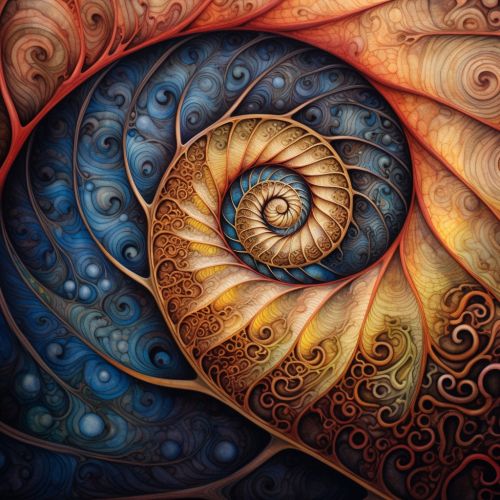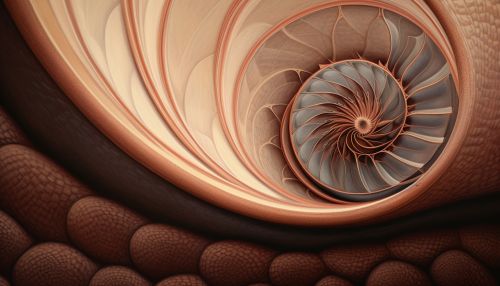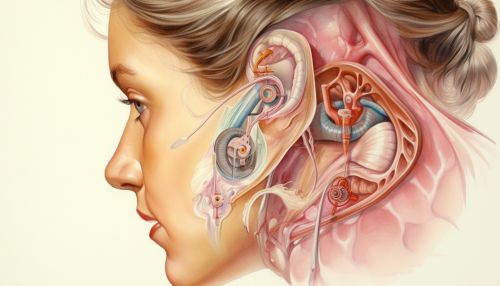Inner ear
Anatomy of the Inner Ear
The inner ear, also known as the labyrinth, is the innermost part of the vertebrate ear. In mammals, it consists of two main functional parts: the cochlea, which mediates hearing; and the vestibular system, which mediates balance. The inner ear is found in all vertebrates, with substantial variations in form and function.
Cochlea
The cochlea is a spiral-shaped cavity in the bony labyrinth, making two and a half turns around its axis, the modiolus. It is divided into three fluid-filled spaces: the scala vestibuli, the scala media, and the scala tympani. The cochlea is responsible for converting the mechanical force of sound into an electrical signal that can be interpreted by the brain.


Vestibular System
The vestibular system is the sensory apparatus of the inner ear that helps the body maintain its postural equilibrium. It consists of two components: the semicircular canals, which indicate rotational movements; and the otoliths, which indicate linear accelerations.
Physiology of the Inner Ear
The inner ear is a complex sensory organ. It is not only responsible for the perception of sound but also for the sense of balance.
Hearing
The process of hearing begins when sound waves enter the ear canal. These waves cause the tympanic membrane to vibrate. These vibrations are then transferred to the ossicles, which amplify and transmit the vibrations to the oval window, a membrane-covered opening to the cochlea.
Balance
The vestibular system is responsible for the sense of balance. It detects changes in the position of the head and helps maintain the body's balance. The semicircular canals and the otolith organs are the main components of the vestibular system.
Disorders of the Inner Ear
There are many disorders that can affect the inner ear and its functions. These include Meniere's disease, Vestibular neuritis, and Benign paroxysmal positional vertigo.


Treatment and Management of Inner Ear Disorders
Treatment for inner ear disorders depends on the underlying cause. Some conditions may be managed with medication, while others may require surgery. Physical therapy is often recommended for balance disorders.
Research and Future Directions
Research into the inner ear is ongoing, with scientists seeking to better understand its complex structures and functions. This research has the potential to lead to new treatments for hearing and balance disorders.
